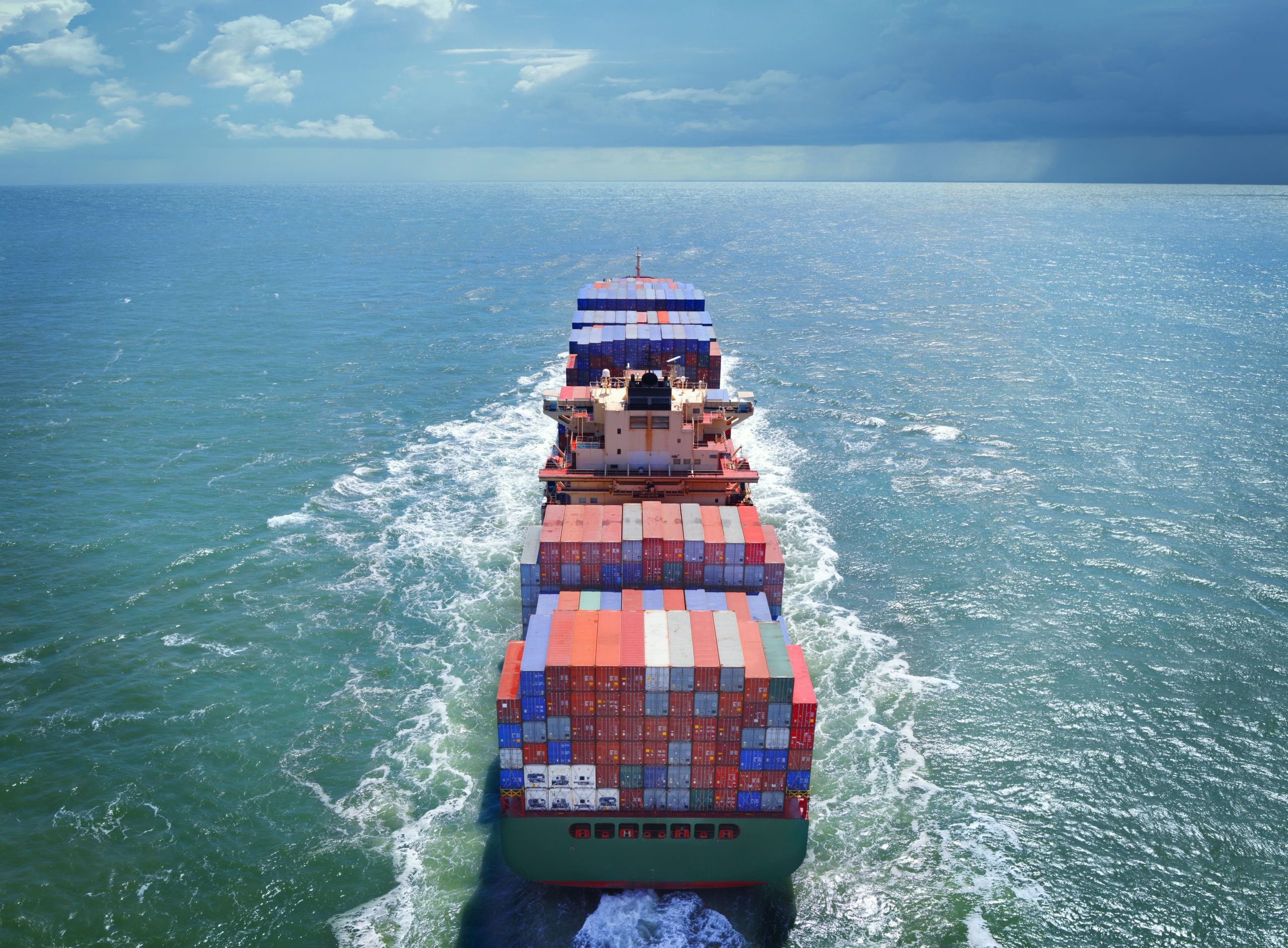Arranging multi-modal transport to United Kingdom efficiently combines sea, rail, road, and air logistics to balance cost, speed, and reliability. Whether shipping electronics from Shenzhen or machinery from Shanghai, knowing how to arrange multi-modal transport to United Kingdom ensures seamless transitions between carriers, minimizes delays, and optimizes supply chain performance. This guide breaks down the key steps to plan and execute multi-modal shipments to the UK.
1. Choose the Right Transport Combination
Assess Cargo Needs
- Heavy Machinery (20+ CBM): Use sea freight (FCL) from China to Felixstowe, then transfer to rail for inland delivery to Manchester.
- High-Value Electronics (500kg): Combine air freight from Guangzhou to Heathrow with last-mile road delivery.
- Small Batches (3–8 CBM): Opt for LCL sea freight to Southampton, followed by a dedicated truck to London.
Popular Routes
- Sea + Rail: Yiwu → London via the China-Europe Railway (18–22 days).
- Sea + Road: Shanghai → Felixstowe (sea, 30 days) + UK haulage (2 days to Birmingham).
2. Plan Routes and Deadlines
Map Transit Times
- Sea Freight: 25–35 days from major Chinese ports to UK hubs.
- Rail Freight: 12–18 days for Beijing → London routes.
- Air Freight: 3–7 days for urgent shipments.
- Tip: Add a 5-day buffer for port/rail terminal transfers.
Example Schedule
- Day 1: Book sea freight (FCL) from Ningbo to Southampton.
- Day 30: Vessel arrives; transfer containers to rail for Glasgow (ETA Day 35).
3. Coordinate with Carriers and Forwarders
Select Reliable Partners
- Work with integrated forwarders like China Top Freight to manage cross-modal handovers (e.g., sea-to-rail coordination at Felixstowe).
- Service Benefit: One-point contact for documentation and liability during transit.
Confirm Equipment Compatibility
- Ensure containers are compatible with rail standards (e.g., ISO 668 for 20’/40’ boxes).
- For oversize cargo, pre-book flatbed rail cars or specialized road transport.
4. Streamline Documentation and Customs
Standardize Paperwork
- Use a through bill of lading to cover all transport modes, simplifying claims for delays/damage.
- Include HS codes (e.g., 8517 for mobile phones) and UKCA certificates for smooth customs clearance.
Pre-Clear via Digital Platforms
- Submit declarations via the UK’s CHIEF system through your forwarder (e.g., China Top Freight’s customs team pre-clears 72 hours in advance).
5. Track Shipments Across Modes
Use Multi-Carrier Tracking Tools
- Monitor ETAs with 17TRACK or carrier-specific apps (e.g., “Sea leg delayed in Singapore – rail connection rebooked”).
- Set alerts for mode transitions (e.g., “Container transferred from sea to rail at Felixstowe”).
Example Tracking Update
- Day 25: Vessel MV Qingdao arrives at Felixstowe; China Top Freight’s team confirms rail booking for Edinburgh.
6. Optimize Costs and Sustainability
Balance Speed and Cost
- Cost-Effective Mix: Sea + rail for bulk goods (saves 20% vs. full sea + road).
- Urgent Orders: Air + road (e.g., 5 days for 100kg of medical supplies from Hong Kong to Belfast).
Eco-Friendly Options
- Prioritize rail and sea over air for lower carbon footprints (e.g., rail emits 75% less CO2 than air for equivalent cargo).
7. Handle Disruptions Proactively
Contingency Planning
- If sea freight is delayed, switch to air for critical components (e.g., rebook 50kg of parts from Shanghai to Gatwick).
- Use bonded warehouses in the UK (e.g., near London Gateway) to store goods during transit gaps.
Case Study: Successful Multi-Modal Shipment
Scenario: A UK retailer shipped 15 CBM of textiles from Hangzhou to Leeds.
- Route: Sea (Hangzhou → Felixstowe, 32 days) + rail (Felixstowe → Leeds, 2 days).
- Challenges: Port congestion delayed sea leg by 4 days; China Top Freight rerouted rail to avoid strikes.
- Outcome: Delivery completed 2 days within original ETA.
In conclusion, mastering how to arrange multi-modal transport to United Kingdom requires strategic planning, reliable partnerships, and real-time coordination. By selecting the right mode mix, leveraging forwarders like China Top Freight, and using digital tracking tools, you can create a resilient supply chain that meets UK market demands efficiently. Whether managing complex industrial shipments or retail goods, multi-modal transport offers flexibility and cost savings for cross-border logistics.Utilize China Top Freight to help solve the problems you are facing. Contact us today to embark on your smooth transportation journey!


